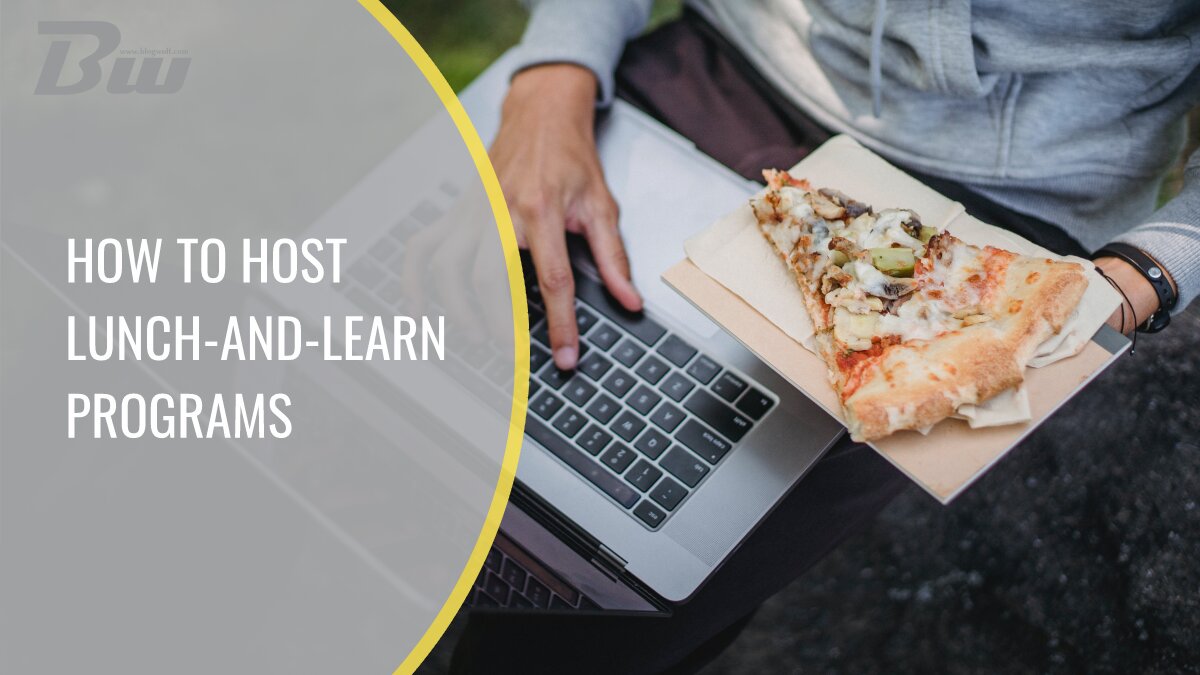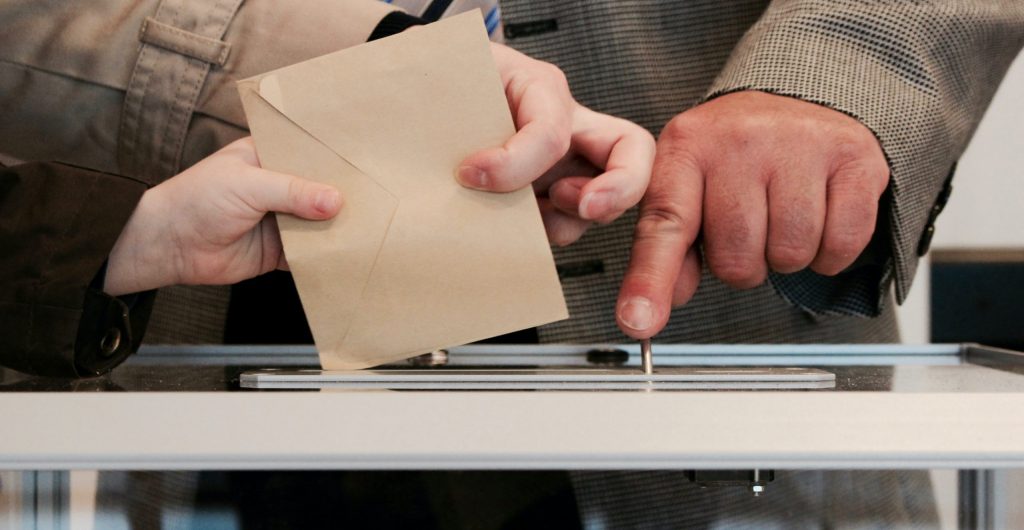These days more than ever, managers are hosting lunch-and-learn events for their employees. In brief, a lunch-and-learn is a group lunch where workers can learn a new skill or concept while having an ordinary workday meal. In this article, we’re going to uncover everything you need to know to host the perfect lunch-and-learn program for your employees, how they can be incredibly beneficial for your business, and we’ll share a couple of ideas on how to host one in your company.
What Is A Lunch-And-Learn Program?
As we mentioned in the intro, lunch-and-learn programs are knowledge-sharing sessions provided with a meal, where each lunch and learn program can be a one-off event. On the other hand, one-off events can be threaded together to create a continuous lunch and learn program that lasts weeks or even months.
For the most part lunch and learn programs are on a voluntary basis or offered in addition to an equivalent break from work and are a less formal way of training than regular training sessions. If they’re voluntary, employers and management provide a free lunch for all participants to motivate staff to attend.
While conventional lunch-and-learn programs usually take place in person, the ongoing Covid-19 pandemic has forced many employers to adapt their events where employees attend these events from remote locations.
Biggest Benefits Of Lunch-And-Learn Programs
Also known as learn-at-lunch and brown bag events, typical lunch-and-learn programs last about 20-45 minutes. During this time, workers learn about new concepts of working, discover new topics, or develop their skill set.
Even more, the subjects that employers choose for lunch-and-learn programs don’t have to be consistently related to work, as you can also host a lunch-and-learn event about cooking, wellness, exercise, or something else.
Regardless of the topics, you select for your program, these events can yield significant benefits, including enhanced employee morale, reinforced company culture, creation of an environment that emphasizes learning and knowledge-sharing, better individual and team development, improved employee engagement, elimination of cross-departmental issues, increased productivity, team building, and more.
Top Tips For Hosting The Perfect Lunch-And-Learn Events
Although there are no strict rules for putting together a lunch-and-learn event, there are some tips that we’ll share below to help you assemble the perfect event that your employees will fancy attending.
Make A Poll To Come Up With Topic Ideas
The simplest method to come up with topics for these events is to ask your staff for topics they’d like to learn more about by using a platform like Slack, where you can survey your team quickly and efficiently. Remember that not everyone will want to learn and talk about the same things, and that’s perfectly fine. Even if it’s not their preferred topic, employees will still benefit from a presentation that’s well put together, informative, and engaging.
Set A Budget
Before you start planning your event, you always need to set a budget first. Talk to the requisite people and find out how much you can reasonably afford to spend. In case you’re putting together an extensive lunch-and-learn program that will last a couple of months, you’ll want to form a budget every year that will encompass all your events.
Nevertheless, don’t let a small budget deter you from starting a lunch-and-learn program or planning a single event. These events don’t have to be too expensive. For example, TED talks are fantastic fodder for budget-conscious events, as TED talks’ library covers every conceivable topic that your employees might be interested in.
Decide What You’ll Serve

Each lunch-and-learn program has two main components: a learning objective and a meal. For that reason, ensure that you’re focused on what you’ll serve as much as you’re focused on the content you’ll develop on the event. Ask your team members if they have any dietary restrictions you should know before you put together the menu for the program.
Catering is a popular choice for in-person programs, but it’s certainly not viable for remote events. If your lunch-and-learn program is remote, you have a number of options to provide lunch for the attendees, including pre-ordering employee meals and having them delivered in time for the program, reimbursing employees for the lunches they order, or providing a stipend so attendees can get lunch through services like UberEats.
In Conclusion
It doesn’t matter if you want to motivate your team to do their best work or share knowledge and information; a lunch-and-learn program can provide a practical setting in every working environment. In addition, they can bring together employees from across your organization in an informal atmosphere to learn, collaborate, and drive personal, team, and business development.



